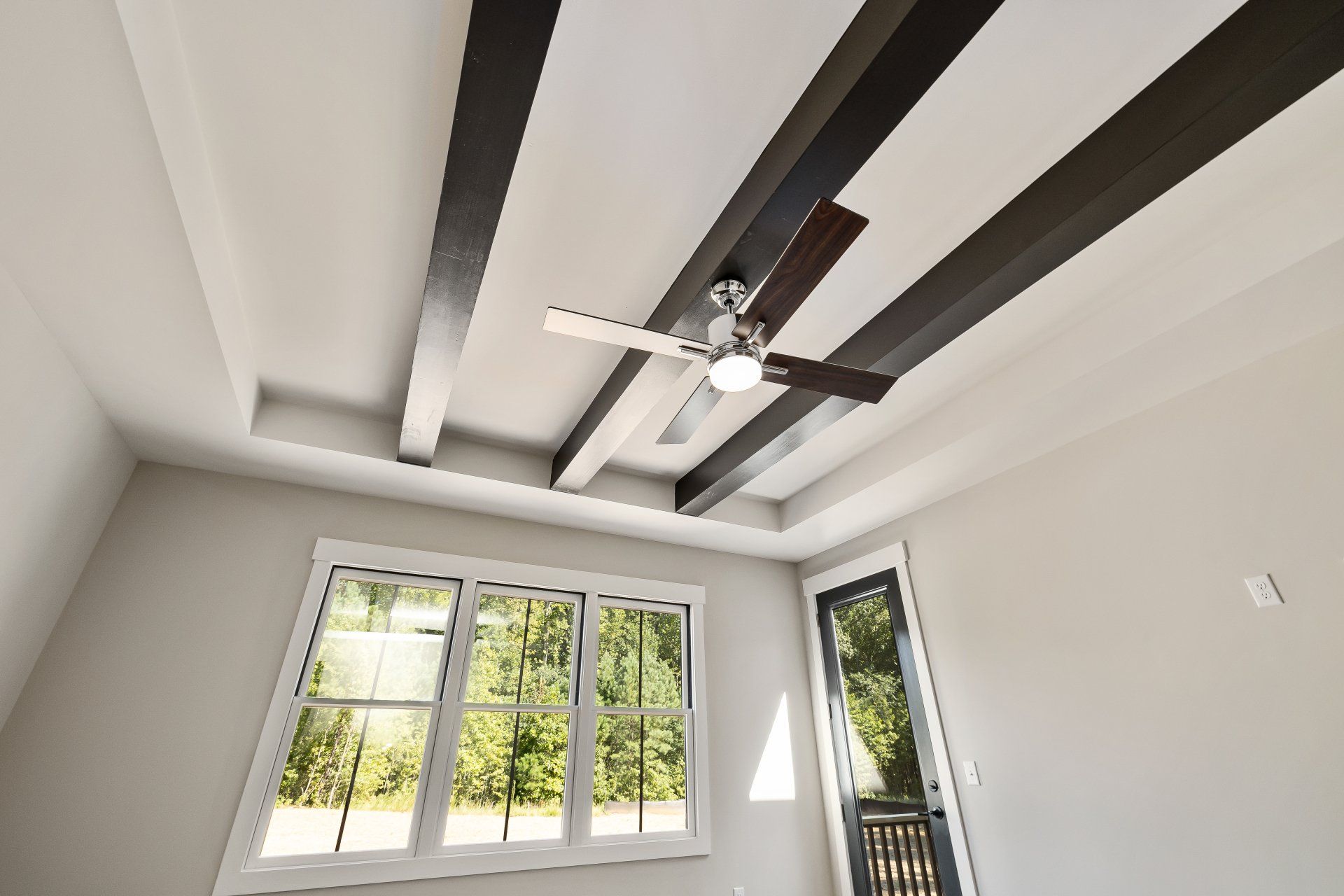Basement Insulation
Basement Insulation
It is crucial to insulate your basement for regulating the temperature of your home and also to stop moisture and air from outside from getting in. Uninsulated basements can create many issues in your house. In the first place, basements that aren't properly insulated can be responsible for as much as 20-30 percent of the loss of heat in a home in winter. This means you'll pay more for heating bills in the cold winter season to warm your house when your basement isn't adequately insulated.
Basement Insulation From The Outside
Insulating the exterior of your home is strongly advised as it is the most efficient method to ensure the best protection against water. It is crucial to remember that insulation for the outside is more expensive and takes longer since the dirt that surrounds the basement needs to be removed first. Once that is completed, flashing, insulation, and vapor barriers are sprayed on the outside of the basement walls, creating an external barrier that keeps moisture out of your home. The process of insulating the outside of your basement is an arduous task, which is why it's recommended to employ an expert contractor to do the task.
Advantages Of Outside Basement Insulation
The benefits of insulation on the exterior include:
- It reduces the loss of heat through your home's foundation.
- It helps protect the membrane from being damaged by backfilling.
- It forms a barrier of protection surrounding the foundation, which reduces the effect on the freezing-thawing cycle.
- It decreases the amount of area required for internal insulation.
Disadvantages Of Outside Basement Insulation
The drawbacks of exterior insulation are:
- It is expensive.
- If non-insect-resistant materials aren't employed, the process of installation of exterior insulation could result in an infestation of insects.
- The addition of an outside installation is an extremely complex procedure, and it requires an experienced contractor to finish the job correctly, which isn't easy.
- The buildings with high levels of radon require additional equipment to help with insulation on the exterior.
Insuring a basement is protected from the outside takes these steps.
DIGGING THE TRENCH
The ideal excavation should be as deep as footings but not any further. Be aware of the length of your trench. The length of the trench must allow enough space for work to be done easily within the trench. You must ensure that you are equipped with the proper equipment to dig and an area designated to store the dirt excavated while you complete the work.
INSPECTING THE FOUNDATION
After the excavation is completed, you'll need to examine the drainage walls as well as foundations to make sure they're in good shape. Because the trench will be open to elements for a long time and therefore, it must be shielded from rain and elements. The trench is also a danger to people as well as animals, so be aware of this.
PREPARE THE SURFACE
You'll need to clean the foundation's surface using a wire brush or scraper. You should also look over the walls for significant cracks or damages which require sealing. Be sure to allow time for the drying process of repairs. After that, check for the state of the drainage tile and fix the tiles if necessary.
INSTALL THE DRAINAGE SYSTEM (IF NECESSARY)
If there isn't a drainage system, make sure to install one; however, it is essential to install it properly.
Apply waterproofing material - this is done at the lowest grade and then above on top of the footings. Once you have completed this, then seal any overlaps.










